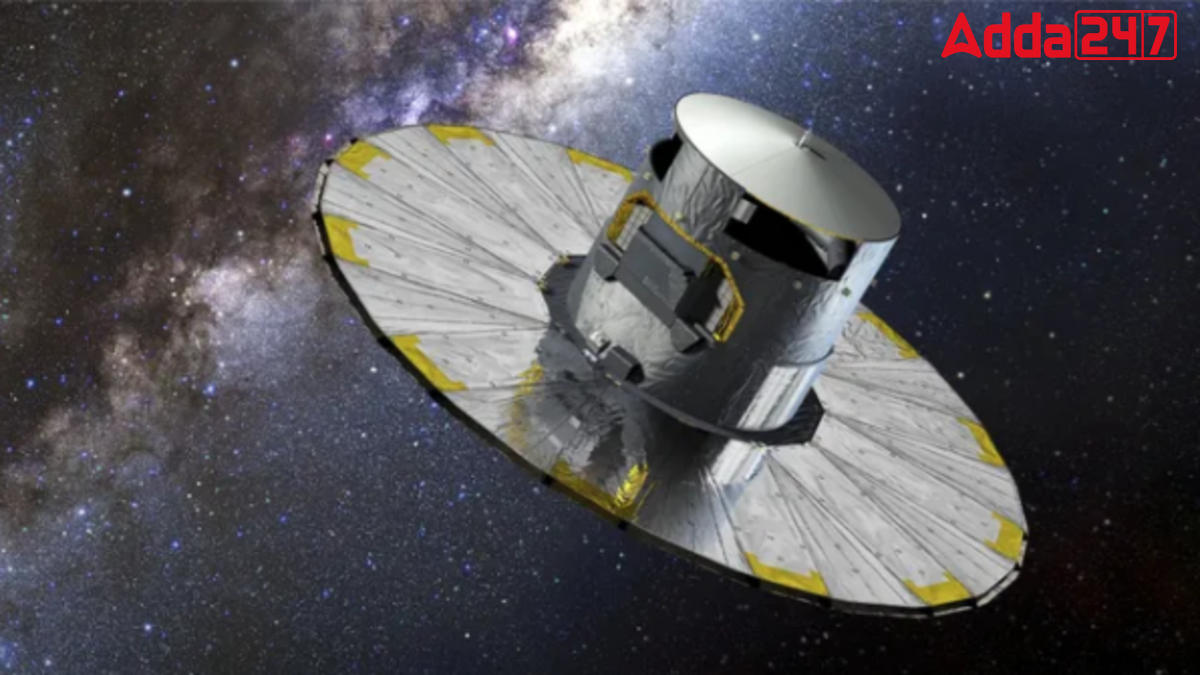The European Space Agency’s Gaia space telescope has made a groundbreaking discovery, uncovering two ancient streams of stars named Shiva and Shakti. Led by Khyati Malhan of the Max Planck Institute for Astronomy (MPIA) in Germany, this revelation significantly enhances our understanding of the Milky Way’s origins.
Discovery of Shiva and Shakti Streams:
-
Discovered by Khyati Malhan of MPIA: Under the leadership of Khyati Malhan, Gaia’s observations have revealed two ancient stellar streams, Shiva and Shakti, formed approximately 12 billion years ago.
-
Surprise at Unearthing Ancient Structures: Malhan expresses surprise at the ability to uncover these ancient structures, indicating significant changes in the galaxy since their formation.
Characteristics and Composition:
-
Unique Orbits and Chemical Composition: Through Gaia’s observations, researchers visualized the orbits of stars, identifying two distinct structures with unique chemical compositions, named Shakti and Shiva.
-
Mass and Age: Each cluster comprises about 10 million suns, with stars aged 12 to 13 billion years, displaying remarkably similar orbits and structures.
Galactic Position and Origin:
-
Location and Formation: Situated towards the galaxy’s heart, these streams were formed as separate fragments that merged into one galaxy early in its history, shedding light on the Milky Way’s early formation.
-
Galactic Archaeology: Gaia’s exploration in 2022 uncovered the oldest stars in the galaxy, born even before the formation of the galactic disk, suggesting a complex origin involving gas and dust filaments.
Symbolism and Naming:
-
Divine Inspiration: Named after a divine couple in Hindu philosophy, Shiva and Shakti symbolize the universe’s creation, reflecting the distinct characteristics of the stellar streams.
-
Orbital Differences: While similar, Shakti stars have slightly more distant orbits from the galactic center, characterized by more circular paths compared to those of Shiva.
Significance and Future Prospects:
-
Understanding Early Galaxy: This discovery provides insights into the Milky Way’s early evolution, indicating its origin from long, irregular filaments of gas and dust that eventually formed stars and galaxies.
-
Future Insights: Upcoming Gaia data releases may offer further understanding of these ancient components, contributing to ongoing research on the dynamics of star clusters, galaxies, and exoplanet discoveries beyond the Milky Way.
About Gaia Space Telescope:
-
Mission and Operations: Launched in December 2013, Gaia, operated by the European Space Agency, has been surveying the skies for over a decade, collecting extensive data to create a detailed 3D map of the Milky Way.
-
Objectives and Contributions: In addition to mapping the Milky Way, Gaia’s data are utilized to study various astronomical phenomena, including star clusters, galaxies, and exoplanets, advancing our understanding of the universe’s dynamics.



 Indian Students Shine at NASA's Human Ex...
Indian Students Shine at NASA's Human Ex...
 NASA's Solar-Powered Spacecraft: Pioneer...
NASA's Solar-Powered Spacecraft: Pioneer...
 Microsoft's VASA-1: Bringing Images to L...
Microsoft's VASA-1: Bringing Images to L...
